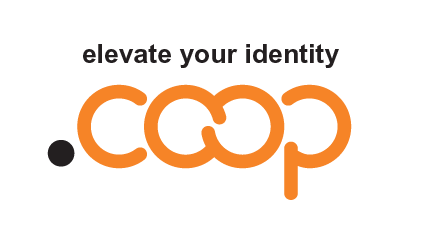Why is DMARC important?
With the rise of the social internet and the ubiquity of e-commerce, spammers and phishers have a tremendous financial incentive to compromise user accounts, enabling theft of passwords, bank accounts, credit cards, and more. Email is easy to spoof and criminals have found spoofing to be a proven way to exploit user trust of well-known brands. Simply inserting the logo of a well known brand into an email gives it instant legitimacy with many users.
Users can’t tell a real message from a fake one, and large mailbox providers have to make very difficult (and frequently incorrect) choices about which messages to deliver and which ones might harm users. Senders remain largely unaware of problems with their authentication practices because there’s no scalable way for them to indicate they want feedback and where it should be sent. Those attempting new SPF and DKIM deployment proceed very slowly and cautiously because the lack of feedback also means they have no good way to monitor progress and debug problems.
DMARC addresses these issues, helping email senders and receivers work together to better secure emails, protecting users and brands from painfully costly abuse.
What is DMARC, and how does it combat phishing?
DMARC is a way to make it easier for email senders and receivers to determine whether or not a given message is legitimately from the sender, and what to do if it isn’t. This makes it easier to identify spam and phishing messages, and keep them out of peoples’ inboxes.
DMARC is a proposed standard that allows email senders and receivers to cooperate in sharing information about the email they send to each other. This information helps senders improve the mail authentication infrastructure so that all their mail can be authenticated. It also gives the legitimate owner of an Internet domain a way to request that illegitimate messages – spoofed spam, phishing – be put directly in the spam folder or rejected outright.
Does DMARC block all types of phishing attacks?
No. DMARC is only designed to protect against direct domain spoofing. If the owners/operators of example.com use DMARC to protect that domain, it would have no effect on otherdomain.com or example.net (notice the “.net” vs. “.com”).
While impersonating a given domain is a common method used for phishing and other malicious activites, there are other attack vectors that DMARC does not address. For example, DMARC does not address cousin domain attacks (i.e. sending from a domain that looks like the target being abused – e.g. exampl3.com vs. example.com), or display name abuse (i.e. modifying the “From” field to look as if it comes from the target being abused).
What type of illegitimate email does DMARC address?
DMARC is designed to protect against direct domain spoofing. When an email is sent by an unauthorized sender (whether it is sent by a malicious actor, or even an unauthorized or non-participating department of the company that owns/operates the domain), DMARC can be used to detect the unauthorized activity and (if so configured) request that those messages be blocked or discarded when they are received.
How does DMARC work, briefly, and in non-technical terms?
A DMARC policy allows a sender to indicate that their messages are protected by SPF and/or DKIM, and tells a receiver what to do if neither of those authentication methods passes – such as junk or reject the message. DMARC removes guesswork from the receiver’s handling of these failed messages, limiting or eliminating the user’s exposure to potentially fraudulent & harmful messages. DMARC also provides a way for the email receiver to report back to the sender about messages that pass and/or fail DMARC evaluation.
Source: www.dmarc.org
DMARC services can be obtained from your .creditunion domain name registrar or your .coop domain name registrar.
